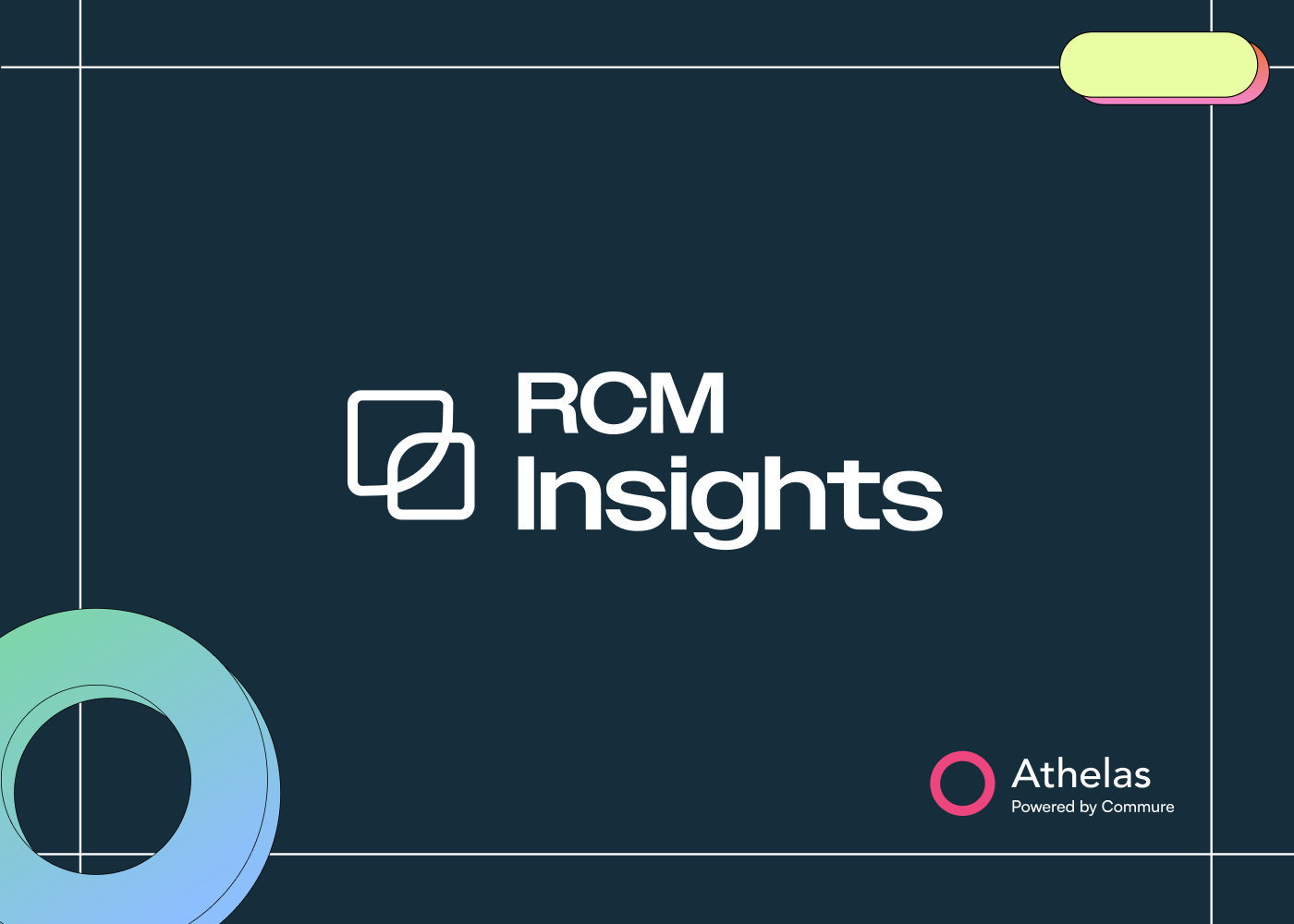As an anesthesiologist, you're no stranger to high-stakes decisions—whether it's managing a complex case in the OR or adapting to the evolving world of virtual care. Telehealth has quietly revolutionized anesthesiology, enabling remote consultations for pain management, pre-op assessments, and daily anesthesia services that were once tethered to the physical site. But with the CY 2025 Physician Fee Schedule (PFS) final rule locking in key flexibilities through September 30, 2025, getting modifiers right is non-negotiable. Enter GT (interactive audio-video telehealth) and GQ (asynchronous store-and-forward)—tools that flag your services for proper reimbursement under Medicare. Let's cut through the noise: when to use them, pitfalls to dodge, and how they play out for codes like 01996.
The Essentials: GT vs. GQ in a Nutshell
Modifiers GT and GQ are HCPCS Level II tags appended to CPT codes on your CMS-1500 claims to signal telehealth delivery. They're not optional fluff—they certify compliance with Medicare's "interactive telecommunications system" rules, ensuring payment at the right rate (often non-facility for home-based services through 2025).
- GT Modifier: Your workhorse for synchronous, real-time interactions via two-way audio and video. It's required for most anesthesiology telehealth, like virtual pre-anesthesia evaluations or pain consults where you and the patient connect live. Use it with POS 02 (telehealth from non-home site) or POS 10 (patient's home). Note: While CMS dropped the GT mandate for general professional claims in 2018 (POS 02 suffices), it's still essential for Critical Access Hospital (CAH) Method II institutional billing in anesthesiology.
- GQ Modifier: Reserved for asynchronous "store-and-forward" tech—think uploading EKGs or imaging for later review without real-time chat. In anesthesiology, this shines for remote interpretation of nerve blocks or post-op monitoring data. But heads up: It's limited to federal demonstration projects in Alaska and Hawaii; elsewhere, Medicare won't touch it for routine claims.
For 2025, these modifiers tie into extended PHE flexibilities: Audio-video remains the gold standard, but audio-only gets a nod for non-behavioral services (like anesthesia consults) through September 30 if video isn't feasible. Pair GT with CPT modifier 95 for clarity on commercial claims, but stick to GT for Medicare purity.
When Anesthesiology Meets Telehealth: Key Applications
Anesthesiology isn't your typical telehealth poster child—hands-on procedures dominate—but remote elements are booming. The Medicare Telehealth List for CY 2025 includes daily management codes (01995–01996) for moderate-to-complex anesthesia cases, plus E/M services (99202–99215) for pain or pre-op consults. These flexibilities hold through 2025, but post-September, geographic limits snap back unless Congress acts.
Spotlight on CPT 01996 (Daily hospital management of the patient requiring daily physician or other qualified health care professional work, including daily visits and management of moderate to complex anesthesia care; each additional day): This add-on code (after 01995 for the first day) is telehealth-eligible for ongoing oversight, like remote adjustments during post-surgical recovery. Append GT for a video check-in on pain levels or med tweaks—billed at the non-facility PFS rate if from the patient's home. No GT? Expect denials. GQ could apply for async review of vitals data, but only in demo states.
Bottom line: Telehealth amps up efficiency for anesthesiologists juggling OR schedules, but eligibility hinges on the code being on CMS's list—no assumptions.
Payer Caveats: Medicare Leads, But Others Follow (or Don't)
Medicare sets the pace, but anesthesiology practices bill a mix of payers—each with quirks. Here's the 2025 lay of the land:
- Medicare: GT for synchronous anesthesiology telehealth on the list (e.g., 01996); GQ niche-only. Use POS 02/10—no modifier needed for standard profee claims, but GT flags CAH scenarios. Flexibilities (home as originating site, audio-only) expire Sept. 30, 2025; plan for rural-only limits after. Payment: Non-facility rates for home services through year-end.
- Medicaid: Varies by state—many mirror CMS but mandate 95 over GT for synchronous services. Check your state's telehealth parity laws; audio-only expansions lag behind Medicare.
- Commercial Payers (e.g., UnitedHealthcare): Often accept GT/GQ as informational but don't require them if POS 02/10 is used. Some reimburse at parity with in-person (e.g., 01996 at full PFS), others haircut remote anesthesia consults 10-20%. Pro tip: Pre-authorize for pain management telehealth—denials spike without it.
- General Pitfall: Not all anesthesiology codes qualify (e.g., hands-on blocks like 64450 aren't tele-eligible). Verify via CMS's ZIP list; appeals citing the PFS final rule can salvage 30% of rejects.
Documentation Must-Haves: Your Audit Shield
Loose notes = lost revenue. For GT/GQ claims in anesthesiology, CMS demands proof of telehealth delivery—especially for 01996's "daily management" nuance. Bulletproof yours:
- Consent and Capability: Note patient consent for telehealth, plus why video/audio was used (e.g., "Patient unable to use video due to post-op mobility; audio-only via secure platform"). Required for audio-only through 2025.
- Service Details: Time spent (e.g., "15 min video consult reviewing 01996 daily vitals"), medical necessity (e.g., "Adjusted fentanyl drip remotely to manage breakthrough pain"), and outcomes. For async GQ, log transmission date and response rationale.
- Tech and Security: "Delivered via HIPAA-compliant Zoom; two-way audio-video confirmed." Retain 6 years; electronic signatures count.
- For 01996 Specifics: Document each "additional day" interaction—global period doesn't apply, but link to base code 01995. Split TC/PC if remote read on monitoring.
Quarterly audits catch 80% of issues early; integrate into your EHR for auto-flags.
FAQs: Tackling Common 01996 and Modifier Head-Scratchers
Q: Is 01996 always billable via telehealth in 2025?
A: Yes, if on the Medicare list and synchronous (GT)—covers remote daily oversight for qualifying anesthesia cases. Post-Sept. 30, confirm rural eligibility.
Q: GT or 95—which for commercial anesthesiology claims?
A: GT for Medicare fidelity; 95 for AMA-aligned payers. Dual-append if needed, but POS 02 clarifies.
Q: What if my GQ claim gets denied outside demos?
A: Resubmit as in-person or GT synchronous—GQ's scope is tiny. Appeal with demo proof if applicable.
Q: Audio-only for anesthesia pain consults?
A: Allowed through Sept. 30, 2025, with modifier 93/FQ; document video unavailability. Not permanent yet.
Q: How does the 2025 PFS impact reimbursement?
A: Holds non-facility rates for home telehealth; 2.83% overall PFS cut hits all, but tele flexibilities buffer anesthesiology access.
Final Thoughts: Telehealth as Your Edge
In 2025, GT and GQ aren't just billing checkboxes—they're your ticket to scalable anesthesiology care, from virtual pain clinics to streamlined 01996 management. With Medicare's extensions buying time through fall, now's the moment to audit workflows, train coders, and lock in payer policies. Stay vigilant: Congress could extend further, but prep for the "cliff" with hybrid models. Your patients get faster relief, your practice gets paid—win-win. Dive deeper into the PFS final rule or your MAC for tailored tweaks. Here's to seamless virtual rounds and zero denials.
How do you bill medicaid? Improve retention without hiring?
Get ahead of 2025 CMS changes?
Schedule a demo with Athelas today to find out.



